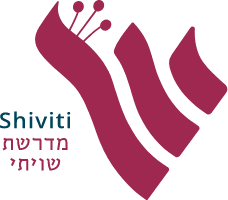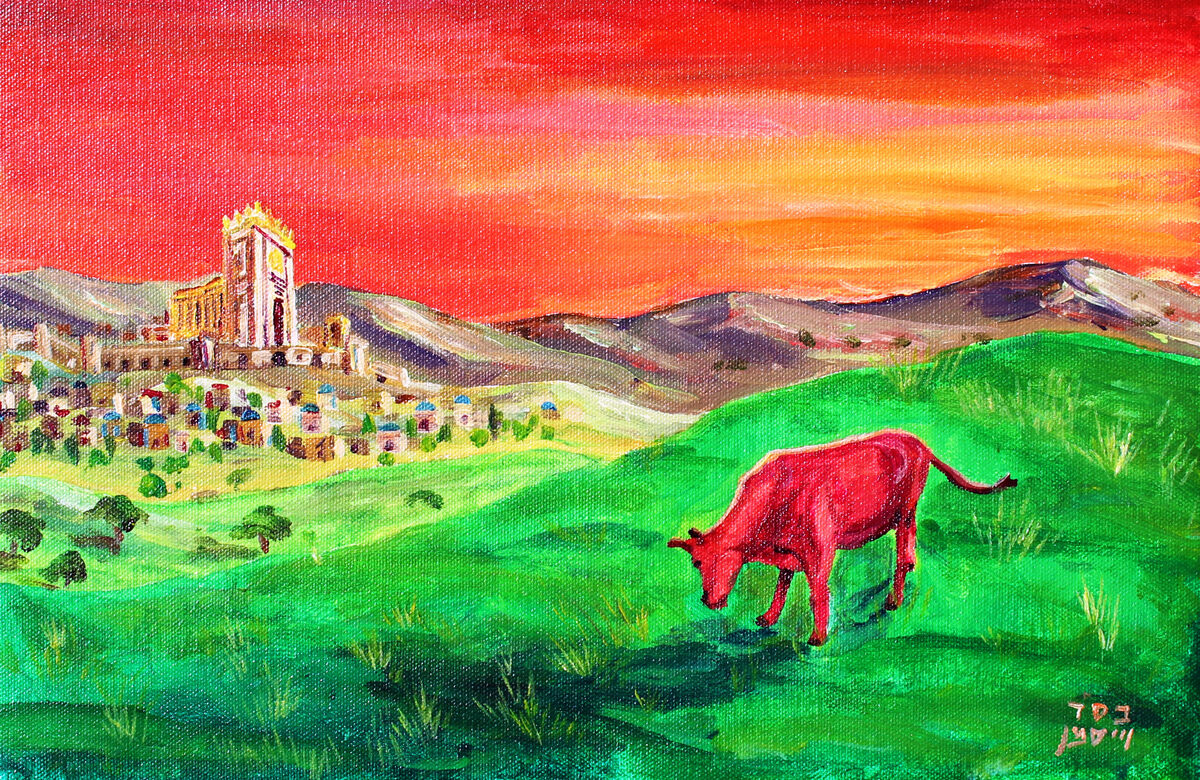Art by Yehoshua Wiseman
By Yehudis Golshevsky
This week’s sedra is one of the most challenging in the entire Torah. In the fortieth year after the exodus, Miriam dies. The retreat of Miriam’s well leads to the people begging for water, which precipitates the events at Merivah, which leads to the decree that Moshe and Aharon will die in the wilderness and not enter the Land together with the Jewish people. And after some unpleasantness with Edom, they reach Hor HaHar, where Aharon is taken as well.
The Zohar Hakadosh walks us through a detailed exploration of the death of Aharon and also addresses the spiritual relationship between the three siblings—Moshe, Aharon, and Miriam. They existed in a synergistic relationship with each other. When Hashem instructed Moshe that it was time for Aharon to leave this world, “Moshe felt as though his strength had been taken away…as though his right arm was broken…his entire body trembled.” Aharon was the right hand of Chessed to Moshe’s middle-line of Torah-Tiferes, with Miriam in the feminine position of Malchus (with its “well of living waters”) relative to both of them. The Jewish people needed all of them to interface so that we could survive and thrive, which we see in the actual life-giving gifts of food, clothing, and shelter associated with them (mann in Moshe’s merit, water in Miriam’s, and the protection of the clouds in Aharon’s).
The Zohar then asks—“If they were a unit in life, why weren’t they buried together?” Other than Mama Rochel, our Avos and Imahos are all together in Chevron. And even in Rochel’s case, she is forever on the road for the purpose of her identification with our exiled people, still on the road and in need of her prayers. In truth, this parallels the triangulation of the death-sites of Moshe, Aharon, and Miriam. Each of them were placed there by G-d to serve as future protectors of the Jewish people who would require their prayer advocacy at specifically those sites. Moshe’s burial place of Mount Nevo is also called Har HaAvarim—the “Transfer Mountain”—because it has subterranean channels that connect it with the graves of Aharon, Miriam, and with Ma’aras HaMachpelah as well. Whether this is speaking of physical channels or spiritual connections, the idea is that the merit of the tzaddikim in death continues to sustain us, and all of the souls of our righteous Fathers, Mothers, and leaders are bound with us for all time.
Aharon’s death needed to be witnessed by the entire people: men, women, and children. A whole nation was gifted with a revelation so that we could see what took place in the private space of Aharon’s burial cave, where only Moshe and Elazar were permitted to enter, because otherwise we would not have been able to accept that Aharon was gone. Why was his death so hard for us to digest? Because he was the most beloved member of the Jewish people.
When I saw this phrasing in the Zohar, it really touched my heart. Aharon, most beloved. Why? Because he spent his life trying to bring peace to couples, to families, to neighbors and friends, and of course to reconcile the Jewish people to our Father in Heaven through the service of the Mishkan. Most beloved—beyond the heads of the tribes, beyond even Moshe. Most beloved. The right hand of Chessed giving strength to the Torah.
May we learn from the ways of Aharon, to love peace and pursue it actively, to love others and G-d and work, work, work to draw those connections ever closer.
Good Shabbos! Good Chodesh!

